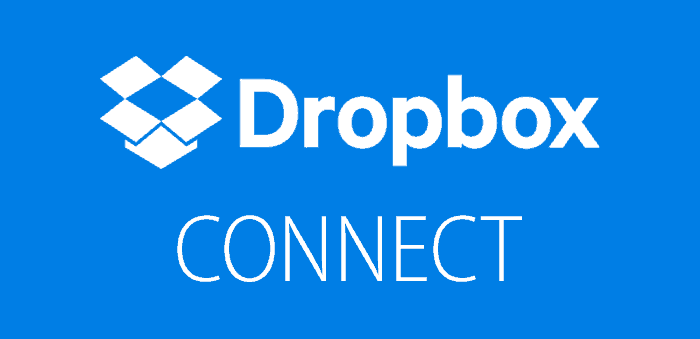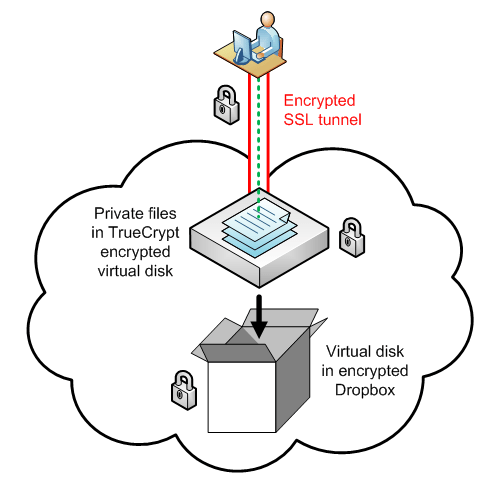

The good news is that it experiments extensively with digital marketing to find out what works. Dropbox spends almost nothing on marketing externally because it looks to groom its 500m user base and entice them onto paid plans. Again, this is not like Snap Inc which spends more on G&A than on sales and marketing because apparently it’s more important to have fancy offices, throw lots of parties and fly the founders and execs around in private jets and helicopters. General and Administrative is a fraction of these amounts and reasonable for a billion-dollar company. Dropbox spends the most on the areas most likely to improve future results: R&D (engineering the product) and sales and marketing. Dropbox is selling ordinary Class A shares with one vote per share, not some cynically made-up equity class with no voting rights (looking at you, Snap Inc). In terms of corporate governance, this is a good IPO. That’s great discipline and very valuable to the company. But they’ve been smart enough to ignore the Siren Call of doing that themselves.
How does dropbox work quorar full#
I’ll bet there are engineers at Dropbox loudly proclaiming at they should build that, because… well, it’s a fun technical challenge, they already have data centers full of servers etc. It must be tempting to start running its own compute service. But the decision-making smarts that this shows will serve the company well in the future.Īlso on the technical front, it is smart enough to know what it is good at and to stick to that: it still uses AWS for compute services, because that’s still a better choice for running its applications than trying to do so itself. It’s also not repeatable, most likely, so there shouldn’t be the same expectation for 2018. It didn’t have to add a single bit of new data storage to accommodate its user growth in 2017. This is a level of technical challenge only experienced by the Googles, the Amazons, the Microsofts, the Apples and Facebooks of the world.Ī second impressive strategic decision was to start pruning its inactive customer base, which enables it to recover storage space from long dormant accounts. It was also able to hire a team that had the technical chops to implement and operate low-cost storage at a scale most companies never get to. It essentially duplicated the data first, and then began deleting it from AWS S3. This is also an impressive feat of execution, because it was able to migrate one exabyte of data off AWS without users noticing, and without losing a single bit. If the company was still using S3, we would have expected its storage costs (cost of revenue) to have risen in line with the growth of its usage - but in fact, it was able to spend less on storage in 2017 than it did in 2016. For most companies, this would be a mistake - but for Dropbox with an exabyte (one quintillion bytes) of data to store, it is the source of the company’s doubling of gross margins in the last 2 years and impressive resulting unit economics.

Crucially, it completed a move off Amazon’s Simple Storage Service (S3) in December 2016, choosing to lease colocation space (data centers) and build out its own storage infrastructure. Strategically, the company is also impressive in its technical decision-making. Losing money on a GAAP basis is just fine when your net margin is 33% and you’re rapidly growing cash reserves. Remember: cash is fact and profit is a matter of opinion. On the face of it, this is a very healthy business that it throwing off meaningful cash and growing well at 30%, which is very good for a $1.1Bn business.


 0 kommentar(er)
0 kommentar(er)
